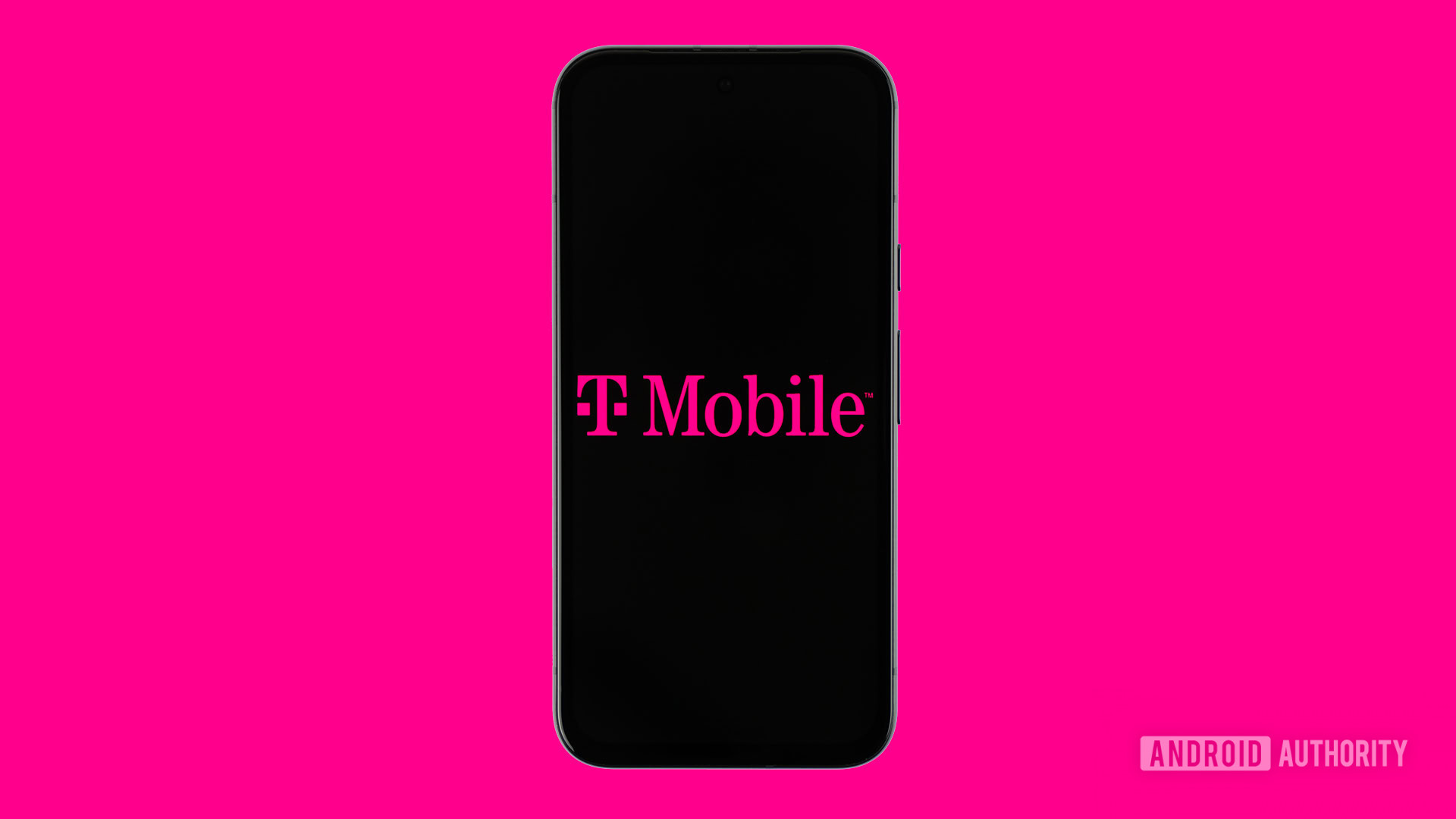The following blog references a recent Forrester report, titled “How To Measure Customer Experience Performance and Prove ROI”. To access the full report, go here.
Customer experience is one of the few levers that organizations can pull to differentiate their brand, drive loyalty, and unlock growth—all at once.
Yet despite its growing importance, many CX leaders still wrestle with three critical questions:
- How effective is our current customer experience?
- What should we prioritize to improve it?
- And what’s the actual business impact of doing so?
According to Forrester, just 4 in 10 CX professionals believe their metrics truly reflect performance.¹ That gap between efforts and insights holds teams back.
To close it, CX leaders must evolve how they measure experience, strengthen alignment with operations, and clearly articulate value in financial and strategic terms.
Here’s how to move from measuring sentiment to proving impact.
1. Measure CX performance at multiple levels
A strong CX measurement program starts with a three-dimensional framework:
- Relationship level: Understand customers’ overall impression of your brand. This data predicts loyalty behaviors like repeat purchases or brand advocacy.
- Journey level: Identify how well different stages of the customer journey connect—or where friction causes drop-off.
- Touchpoint level: Examine specific interactions (e.g., digital checkout, support calls) to surface issues that impact satisfaction in the moment.
What sets leading firms apart is their ability to connect the dots. For example, Allied Irish Bank1 didn’t just measure loan approval satisfaction—they correlated satisfaction (perception) with wait times (interaction) and conversion rates (outcome). This allowed them to identify a critical pain point and redesign the loan journey to improve results.
2. Embed CX insights into business decision-making
CX data is only powerful when it informs action. CX leaders embed insights directly into planning and operations by:
- Creating models that identify CX drivers. Linking perception, interaction, and outcome data reveals what shapes customer sentiment and why it matters to the business.
- Visualizing insights in intuitive ways. Dashboards and stakeholder-specific reports ensure that CX isn’t hidden in a silo—it becomes central to strategic conversations.
- Aligning insights with planning and decision cycles. Delivering CX data when teams are setting goals or defining priorities ensures it directly influences business outcomes.
Most importantly, these organizations shift the conversation from “How’s our score?” to “How are we performing for customers?” Shell’s CX leader said it best: “Now we say ‘CX performance’—it changes the mindset.”1
3. Prove ROI with business-focused outcomes
Anecdotes don’t secure CX budgets—business results do. To build credibility and buy-in, CX teams must:
- Link CX metrics to business KPIs. This means showing how experience improvements lead to higher retention, increased revenue, or cost savings.
- Create repeatable ROI models. Use methods like linkage analysis to consistently connect perception and outcome data.
- Avoid over-reliance on scores. Incentivizing CX teams on score improvement alone can distort results and encourage gaming. Focus on improving real experiences instead.
As Forrester notes, programs that tie CX to financial performance earn greater stakeholder trust and longevity. 1
Continue reading
Want to go deeper? Access the full Forrester report for a complete roadmap to building an effective, business-aligned CX measurement program. Inside, you’ll find:
- A three-tier model for CX measurement maturity—from foundational to advanced.
- Real-world case studies from organizations like Allied Irish Bank, HubSpot, and Humana.
- Tactics for aligning CX metrics with strategy, systems, and stakeholder expectations.
CX isn’t just about delighting customers—it’s about driving growth. And it all starts measuring the right things that enable you to drive your organization forward.
1Forrester, How To Measure Customer Experience Performance And Prove ROI, Maxie Schmidt with Martin Gill, Hannah Jachim, Georgia Caplice, Frank Harris, 20 March 2025.






